In many applications conductivity is crucial for process control, product monitoring, water monitoring, or leakage detection. We provide reliable and accurate instruments for all measurement ranges and conditions, such as ultrapure water, CIP cycles, hazardous areas or hygienic processes. Check out our broad offering of conductive and toroidal conductivity sensors, transmitters and helpful calibration tools by clicking on the button below.

Memosens 2.0 conductivity sensor used in life sciences and food industries for hygienic applications.
Predecessor model: Condumax CLS16D
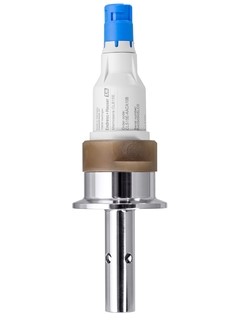
Contacting conductivity sensor Memosens 2.0 used in pure and ultrapure water for standard applications.
Predecessor model: Condumax CLS15D
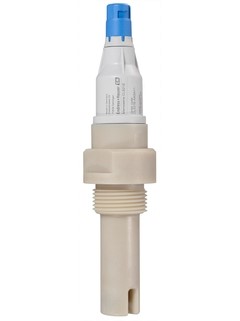
Contacting conductivity sensor memosens 2.0 for monitoring surface and drinking water.
Predecessor model: Condumax CLS21D
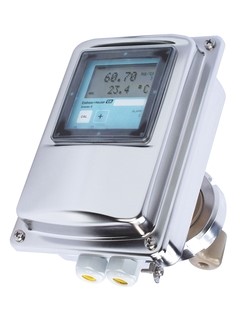
Inductive conductivity measuring system suitable for applications with fast & ultrafast temperature response.
Predecessor model: CLD130, CLS51
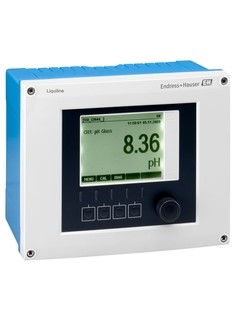
Expandable multiparameter transmitter, suitable for all industries.
Predecessor model: Turbimax CUE21, Sludge level CUC101, Liquisys M CUM253, Liquisys M CUM223, ISEmax CAM40, Liquisys M COM223F, Liquisys M COM253F, Stamosens CSM750, Turbidity Transmitter CUM740, Stamosens CNM750
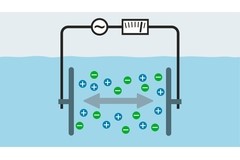
Conductive probes feature two electrodes that are positioned opposite from each other. An alternating voltage is applied to the electrodes which generates a current in the medium. The intensity of the current depends on the number of the medium's free anions and cations that move between the two electrodes. The more free anions and cations the liquid contains, the higher the electrical conductivity and the current flow. The conductivity unit is "Siemens per meter".